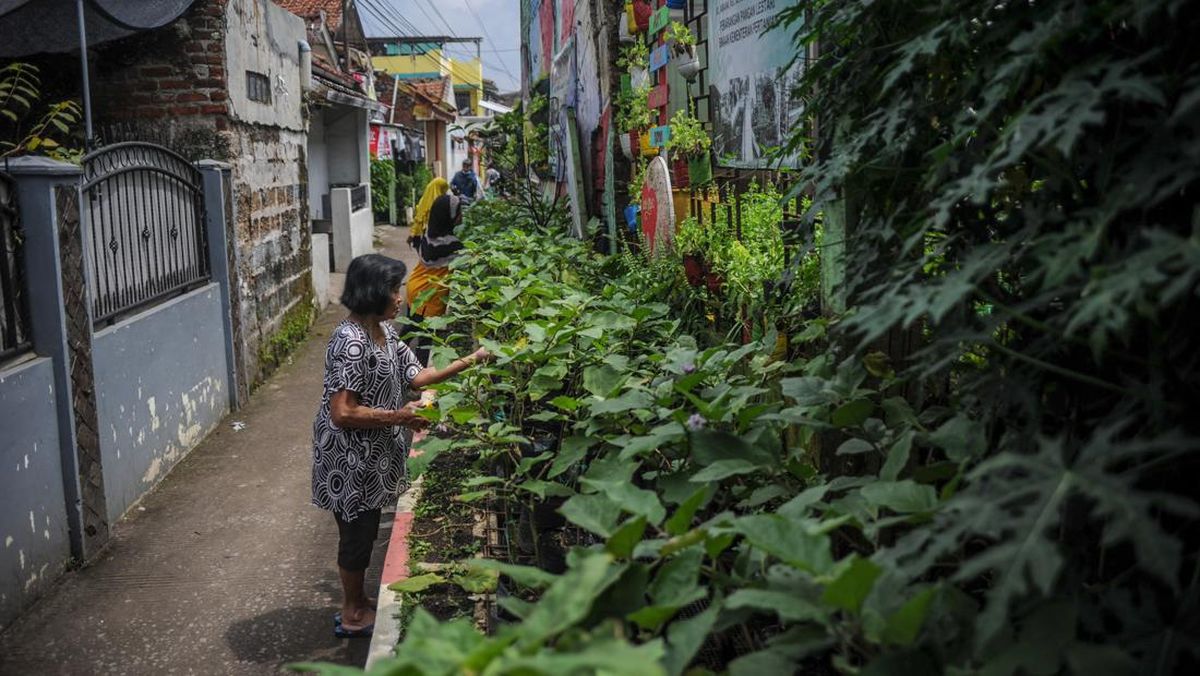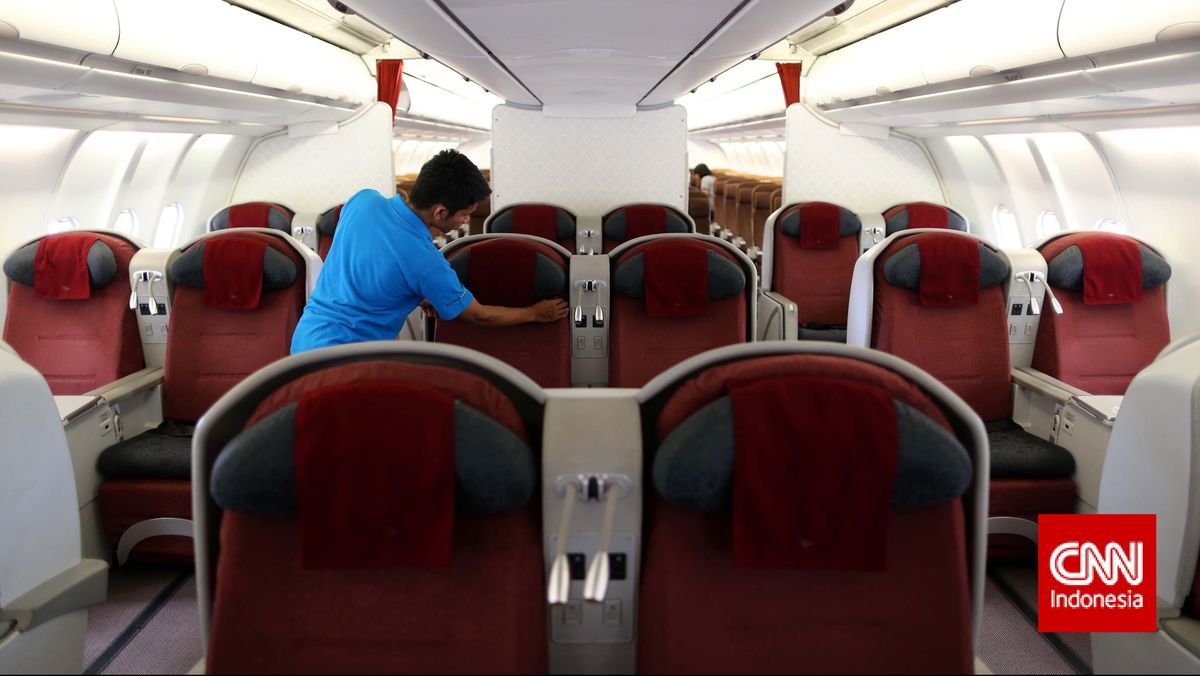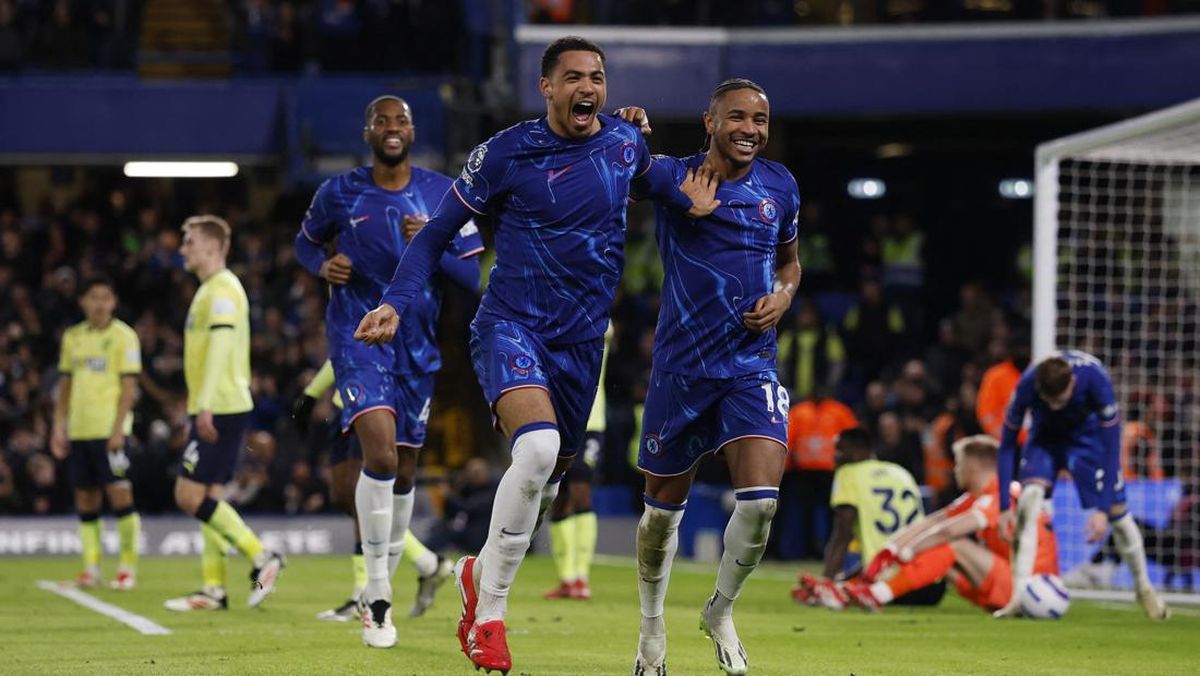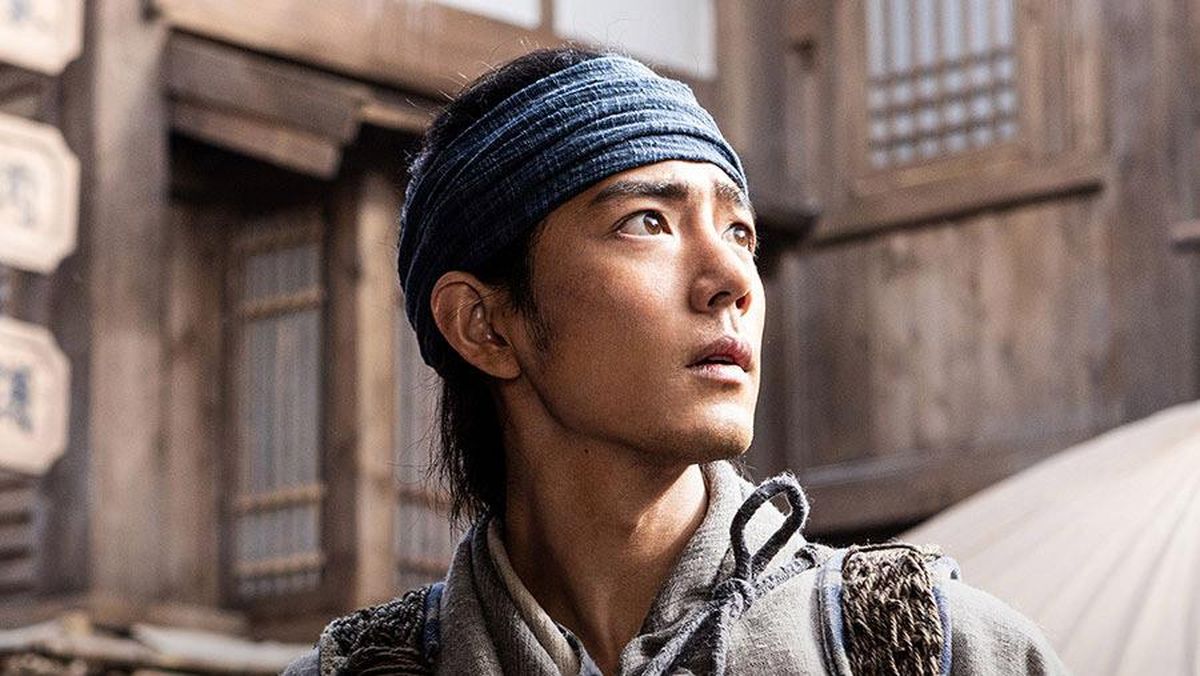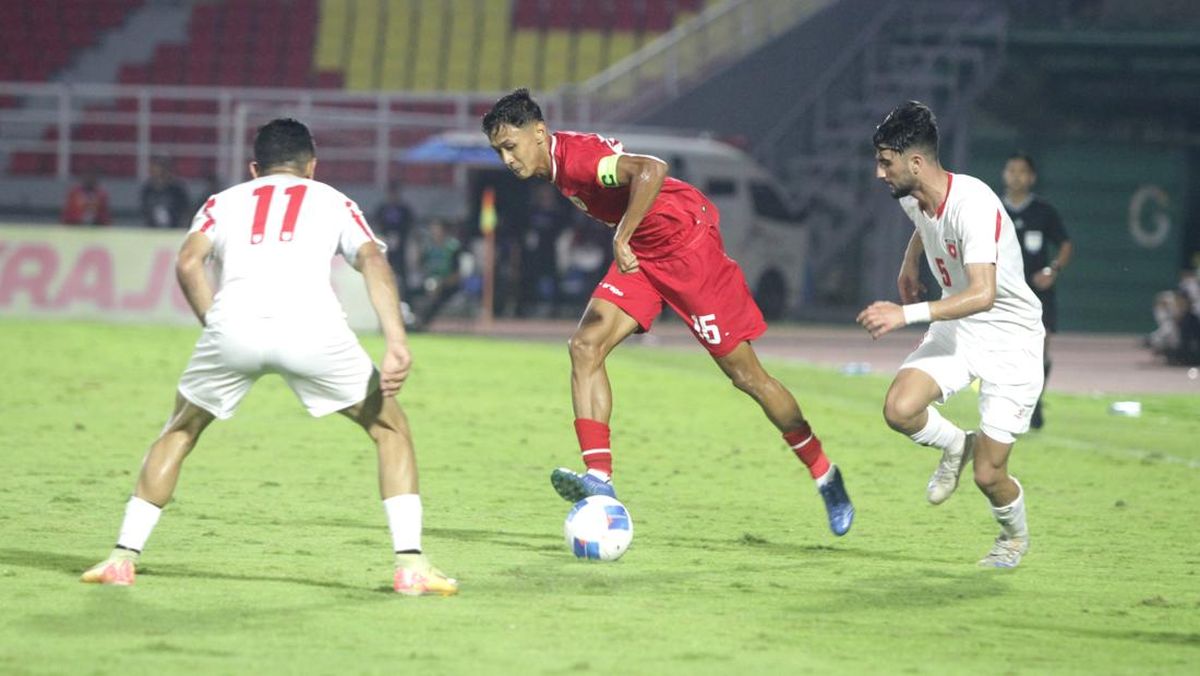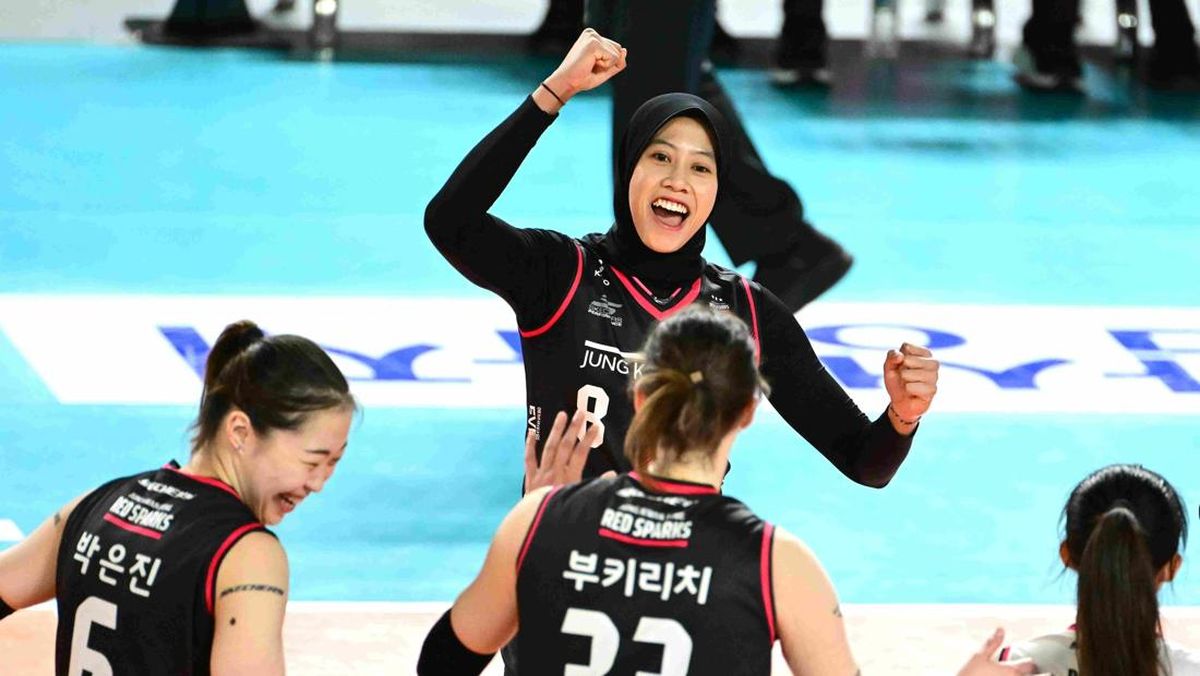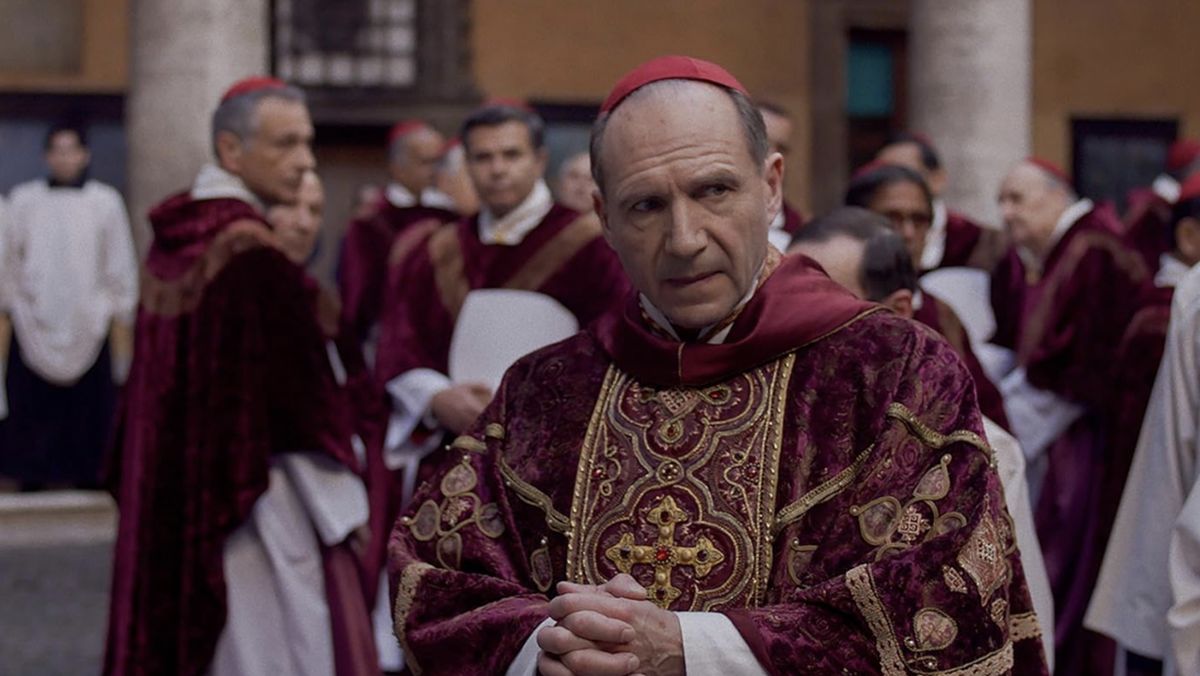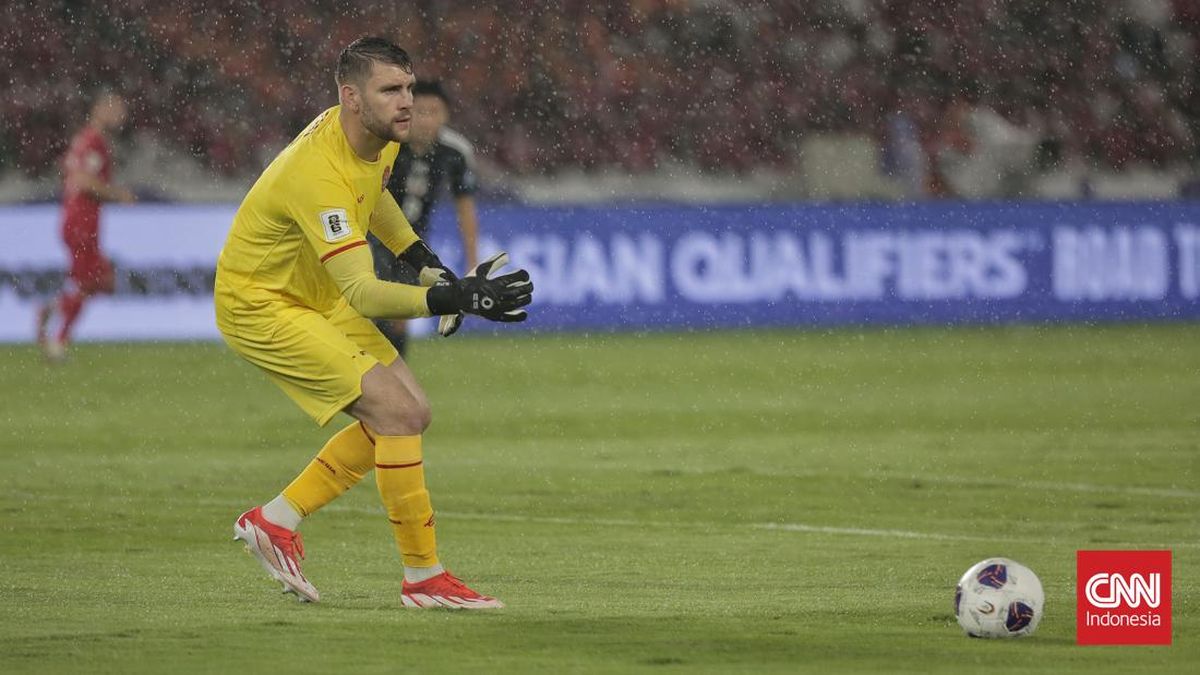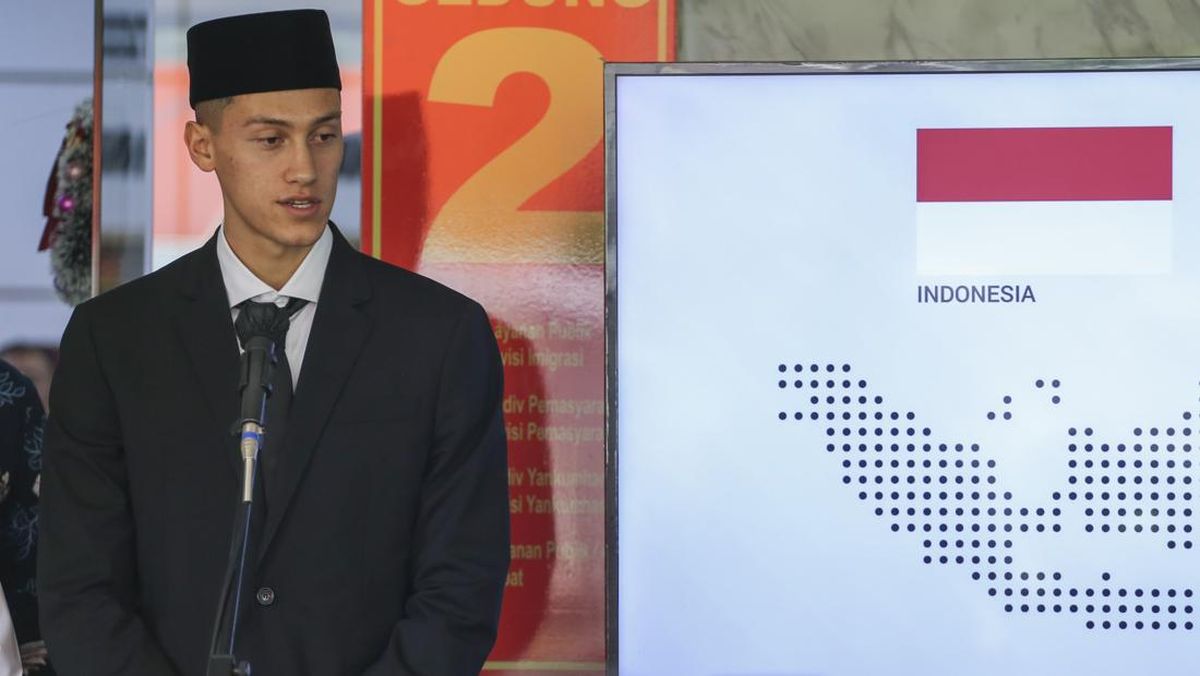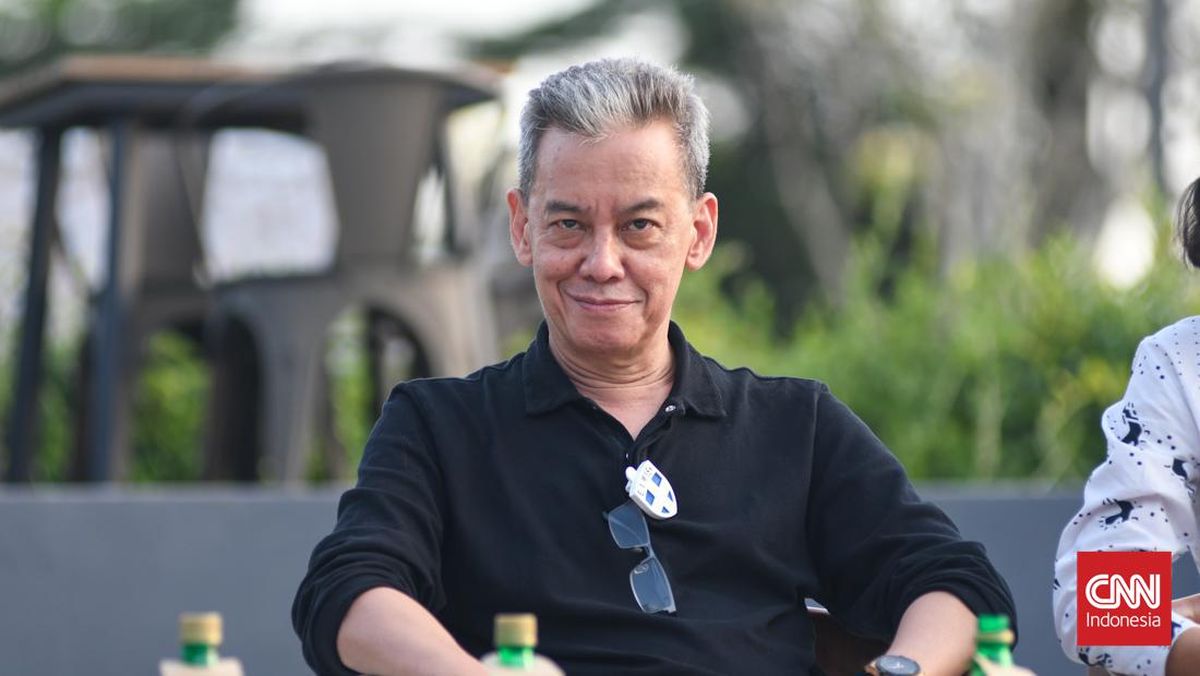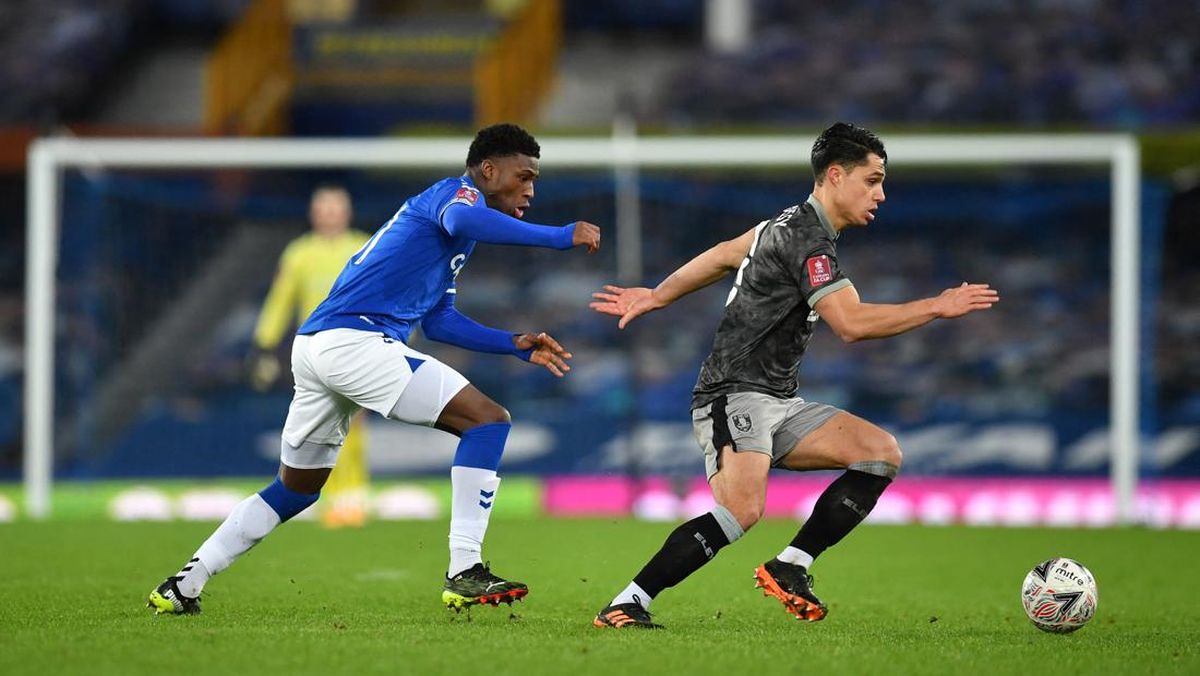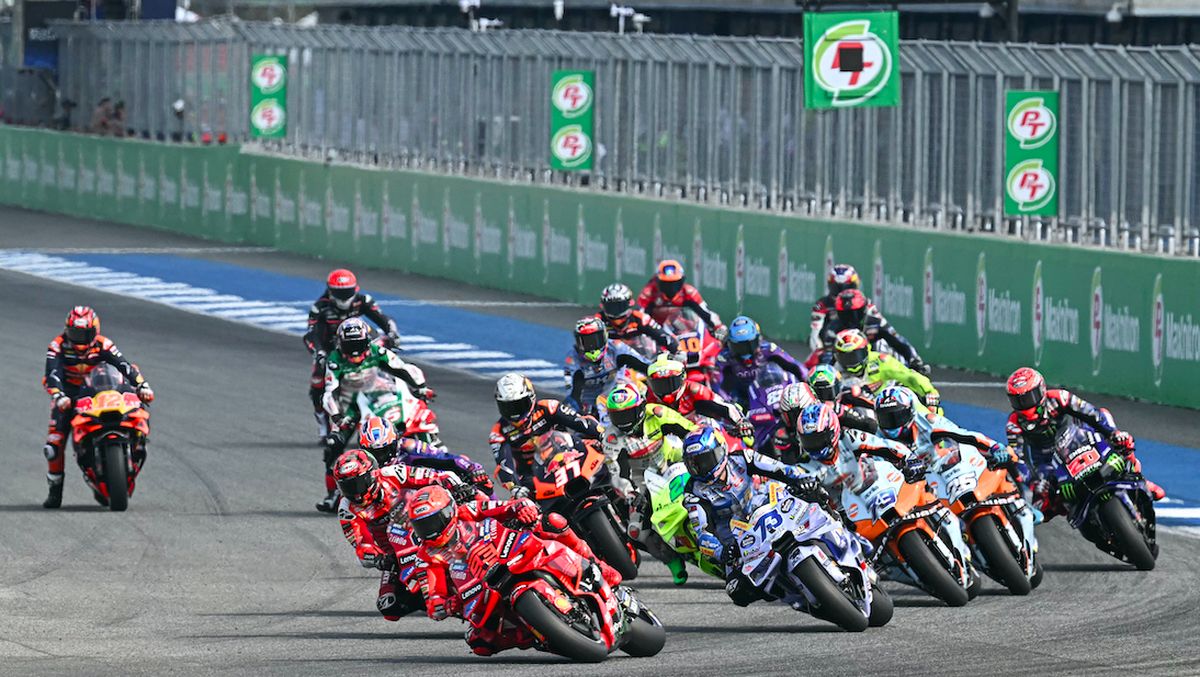Israel and Iran are locked in an escalating exchange of missiles, targeting each other’s security and economic infrastructure while also striking population centres.
The current escalation began after Israel launched strikes on Friday morning involving 200 fighter jets that hit dozens of nuclear, military and infrastructure targets across Iran, including the country’s main nuclear facility in Natanz.
The strikes came amid ongoing negotiations between Iran and the United States, Israel’s key ally, over Tehran’s nuclear programme, which Iran says is solely for civilian purposes.
Israel’s first wave of attacks killed at least four senior commanders of Iran’s Islamic Revolutionary Guard Corps (IRGC) as well as several nuclear scientists. Israel claims these attacks are aimed at crippling Iran’s ability to build a nuclear bomb — and to militarily respond through the sword arm of its security forces, the IRGC.
But who exactly has Israel targeted, and what is the IRGC?
Who has been killed?
The attacks on Friday killed several senior military leaders, including:
- Hossein Salami, the head of the Islamic Revolutionary Guard Corps (IRGC)
- Mohammad Bagheri, chief of staff of Iran’s Armed Forces
- Gholamali Rashid, commander of Khatam al-Anbiya Central Headquarters
- Amir Ali Hajizadeh, commander of the IRGC Aerospace Forces
 (Al Jazeera)
(Al Jazeera)Supreme Leader Ayatollah Ali Khamenei has appointed Abdolrahim Mousavi to replace Bagheri as chief of staff of the armed forces, Ahmad Vahidi to take Salami’s position as boss of the IRGC, and Majid Mousavi to replace Hajizadeh as head of the IRGC air force.
Separately, state-run news outlet Nour News said Khamenei’s senior adviser Ali Shamkhani was “critically injured”. Shamkhani was leading Iran’s diplomatic efforts with the US.
Six prominent Iranian nuclear scientists were also killed.
What is the IRGC?
The Islamic Revolutionary Guard Corps (IRGC) is a branch of Iran’s military, established after the 1979 Iranian Revolution. Operating alongside the regular army, it answers directly to Ayatollah Ali Khamenei and plays a central role in Iran’s defence, foreign operations, and regional influence.
With around 190,000 active personnel (and over 600,000 including reserves), the IRGC oversees Iran’s ballistic missile and nuclear programmes and supports proxy groups across the Middle East.
It was designated a foreign “terrorist” organisation by the US in 2019 – marking the first time the US had used the designation against a part of another government.
Beyond its military role, the IRGC is deeply embedded in Iran’s political and economic structures.
 The now-deceased head of the Islamic Revolutionary Guard Corps’ aerospace division, General Amir Ali Hajizadeh (left), stands next to the late head of the IRGC, Hossein Salami, attending the unveiling of Iranian-made ‘Fattah’ hypersonic missile in Tehran, Iran, on June 6, 2023 [Handout photo from the Iranian Revolutionary Guard Corps (IRGC) official website, Sepha News]
The now-deceased head of the Islamic Revolutionary Guard Corps’ aerospace division, General Amir Ali Hajizadeh (left), stands next to the late head of the IRGC, Hossein Salami, attending the unveiling of Iranian-made ‘Fattah’ hypersonic missile in Tehran, Iran, on June 6, 2023 [Handout photo from the Iranian Revolutionary Guard Corps (IRGC) official website, Sepha News]What locations did Israel attack?
Israeli strikes on Friday targeted the following confirmed locations:
- The capital, Tehran, and military sites in the surrounding area.
- The city of Natanz, where explosions were reported at the main uranium enrichment facility.
- The city of Tabriz, where explosions have been reported near a nuclear research centre and two military bases.
- The city of Isfahan, south of Tehran.
- The city of Arak, southwest of Tehran.
- The city of Kermanshah, west of Tehran, where an underground facility storing ballistic missiles was hit near the Iraqi border.
Iran says Israel’s initial strikes killed at least 80 people, and wounded more than 320 others. Since Saturday, at least 480 more have been injured. Those killed include 20 children.
 A firefighter calls out to his colleagues at the scene of an explosion in a residential compound in northern Tehran, Iran, Friday, June 13, 2025 [Vahid Salemi/AP]
A firefighter calls out to his colleagues at the scene of an explosion in a residential compound in northern Tehran, Iran, Friday, June 13, 2025 [Vahid Salemi/AP]Natanz nuclear facility damaged
One of Israel’s main targets was the Natanz nuclear facility – the largest uranium enrichment site in Iran, located in Isfahan province.
The above-ground section of a pilot fuel enrichment plant, where uranium was enriched up to 60 percent, was destroyed, according to the International Atomic Energy Agency (IAEA).
Key electricity infrastructure, such as the substation, main power building, emergency supply, and backup generators, was also destroyed. There was no direct hit on the underground cascade hall, but the power loss may have damaged centrifuges used for uranium enrichment.
Radiation levels outside the facility remain normal, though there is radiological and chemical contamination inside, which are manageable with proper protection.
“At present, the Iranian authorities are informing us of attacks on two other facilities, namely the Fordow fuel enrichment plant and at Isfahan,” the IAEA’s chief, Rafael Grossi, told the United Nations Security Council on Friday.

Israeli attacks on Iran’s oil and gas
On Saturday, Iran partially suspended gas production at its largest field, South Pars, following an Israeli strike that triggered a fire.
The fire, now extinguished, broke out in one of four units in phase 14 of the gasfield, halting 12 million cubic metres of gas production. Located in Bushehr province, South Pars is key to Iran’s output and is shared with Qatar, which calls it the North Field.
Iran has also confirmed an Israeli attack on the Fajr Jam gas plant about 65 km (40 miles) northwest of South Pars.
 (Al Jazeera)
(Al Jazeera)Iran fires missiles at Israel
In response to Israel’s strikes, Iran has launched drones and ballistic missiles at Israel, with some hitting targets on the ground.
The death toll from Iran’s attacks on Israel has risen to 10, with more than 200 wounded, according to Israeli authorities. Several people remain missing as a barrage of dozens of Iranian missiles lit up the skies over Jerusalem and Tel Aviv overnight.
Iran has developed a range of ballistic and cruise missiles over the past three decades. The graphic below shows some of Iran’s most prominent missiles and their ranges.

Israel has intercepted many of the Iranian missiles fired towards its territory, but not all of them, with some causing major damage and casualties across the country.
The Israeli air defence relies largely on what is known as the Iron Dome system, which is equipped with a radar that detects an incoming projectile, as well as its speed and direction.
Other systems intercept medium and long-range missiles. The David’s Sling intercepts missiles ranging between 40km (25 miles) and 300km (186 miles). The Arrow System intercepts missiles with a range of up to 2,400km (1,491 miles).
 (Al Jazeera)
(Al Jazeera)Iran’s Supreme Leader Khamenei said Israel “must expect severe punishment” for killing several top-level military commanders and scientists.
In a message on state TV, he said Israel “should not think that it is over because they attacked and it is finished”.
“No. They started this and initiated the war. We won’t allow them to escape unscathed from this great crime they have committed,” Khamenei said.
 Iran’s Supreme Leader Ayatollah Ali Khamenei speaks during a meeting in Tehran, Iran, May 20, 2025 [Reuters]
Iran’s Supreme Leader Ayatollah Ali Khamenei speaks during a meeting in Tehran, Iran, May 20, 2025 [Reuters]Following decades of enmity and conflict by proxy, it is the first time that Israel and Iran have traded fire with such intensity, with fears of a prolonged conflict engulfing the region.

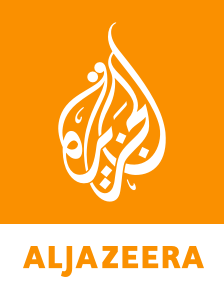 9 hours ago
5
9 hours ago
5


